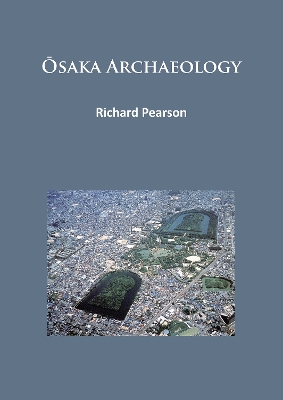Ōsaka, now a city of 19 million inhabitants, was the economic powerhouse of Japan for two thousand years and remains an important international center. In an unusual archaeological treatment of regional long-term history, Richard Pearson proposes that a kind of entrepreneurial mentality motivated leaders to expand the economy through projects of all kinds. He summarizes results of decades of Japanese intensive archaeological study of these projects and introduces some local museums conserving and interpreting cultural heritage in the face of overwhelming urbanization. The Ōsaka Plain was the scene of vigorous Palaeolithic and Jōmon hunting and gathering communities and large agricultural villages during the Yayoi Period, and was the political center of Japan for parts of the Kofun, Asuka and Nara Periods. In the 5th century AD some of the largest burial mounds in the world were built there. Later it was an area of rich and powerful manors in the Heian and Kamakura Periods. At the end of the Chūsei (Mediaeval) Period, the city of Sakai emerged as the financial center of Japan. and Ōsaka Castle briefly dominated the region. Working in tandem with the adjacent Nara and Kyōto Basins, Ōsaka was a center of innovation and economic, social, and cultural exchange between the Japanese Islands and coastal Asia.
- ISBN13 9781784913762
- Publish Date 31 May 2016
- Publish Status Active
- Publish Country GB
- Publisher Archaeopress
- Imprint Archaeopress Archaeology
- Format eBook
- Pages 136
- Language English
- URL https://archaeopress.com/Archaeopress/Products/9781784913755
